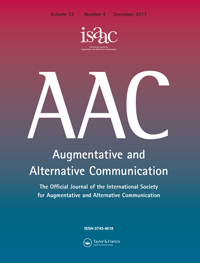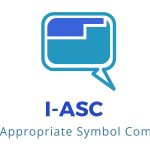High-tech communication aids are one form of augmentative and alternative communication (AAC) intervention offered to children following an assessment process to identify the most appropriate system based on their needs.
Professional recommendations are likely to include consideration of child characteristics and communication aid attributes. Recommendations may be influenced by contextual factors related to the cultural work practices and service context of professionals involved, as well as by contextual factors from the child’s life including their family environment and wider settings.
The aim of this study was to explore the influence of cultural and contextual factors on the real-time decision-making processes of specialized AAC professionals in the UK.
A total of six teams were recruited to the study. Each team carried out an assessment appointment related to a communication aid recommendation for a child and family. Following the appointment, each team participated in a focus group examining their decision-making processes during the preceding assessment.
Inductive coding was used to analyse the transcribed data, and three organizing themes emerged relating to the global theme of Cultural and Contextual Influencers on communication aid decision-making.
An explanatory model was developed to illustrate the funnelling effect that contextual factors may have on decision-making, which can substantially alter the nature and timing of a communication aid recommendation. Implications for clinical practice and future research are discussed.

 I-ASC Project
I-ASC Project